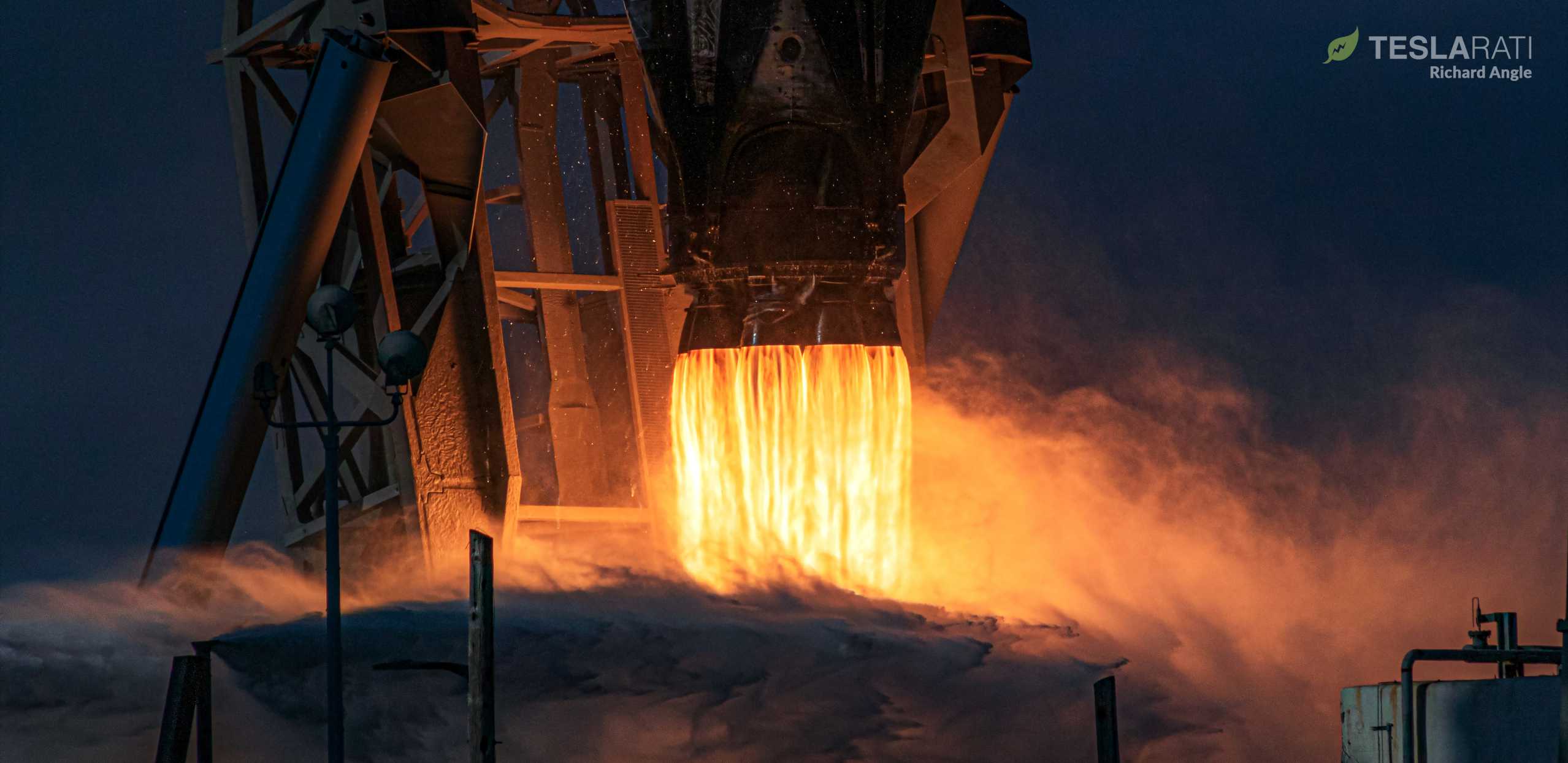
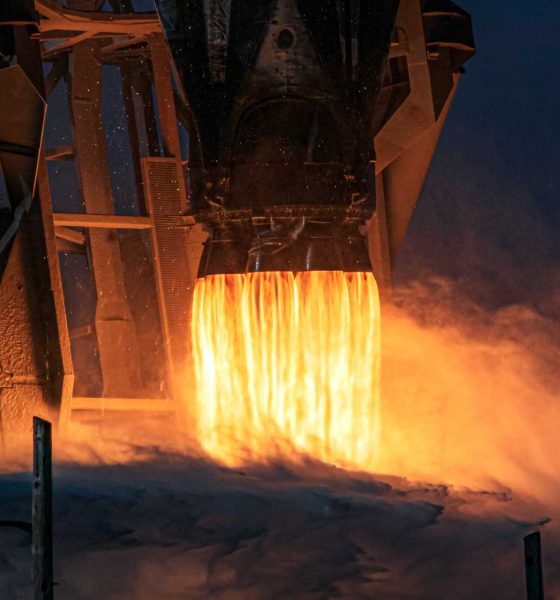
News
SpaceX's next launch ready to go just weeks after in-flight engine failure
Just weeks after SpaceX suffered its first in-flight rocket engine failure since 2012, the company has scheduled its next launch on April 16th.
Set to lift off no earlier than (NET) 5:31 pm EDT (21:31 UTC) from NASA Kennedy Space Center (KSC) Launch Complex 39A (Pad 39A), the mission will be SpaceX’s seventh dedicated launch of 60 Starlink satellites. Known as Starlink-6 in reference to the sixth launch of finalized Starlink v1.0 spacecraft, a successful mission could leave SpaceX with some ~410 operational satellites in orbit – significantly more than twice as big as the next largest constellation.
More importantly, Starlink-6 will mark a sort of return-to-flight for Falcon 9 after booster B1048 suffered an in-flight engine failure and missed its landing attempt on March 18th. While the booster was able to sacrifice itself to ensure that the overall Starlink-5 mission was a success, any in-flight failure is still a significant event in aerospace. To that end, very little is known about the Starlink-5 anomaly, aside from announcements that both NASA and the US Air Force will be paying close attention to the results of SpaceX’s internal investigation. Starlink-6’s imminent launch is now the latest piece of that puzzle, shedding some welcome light on the situation.
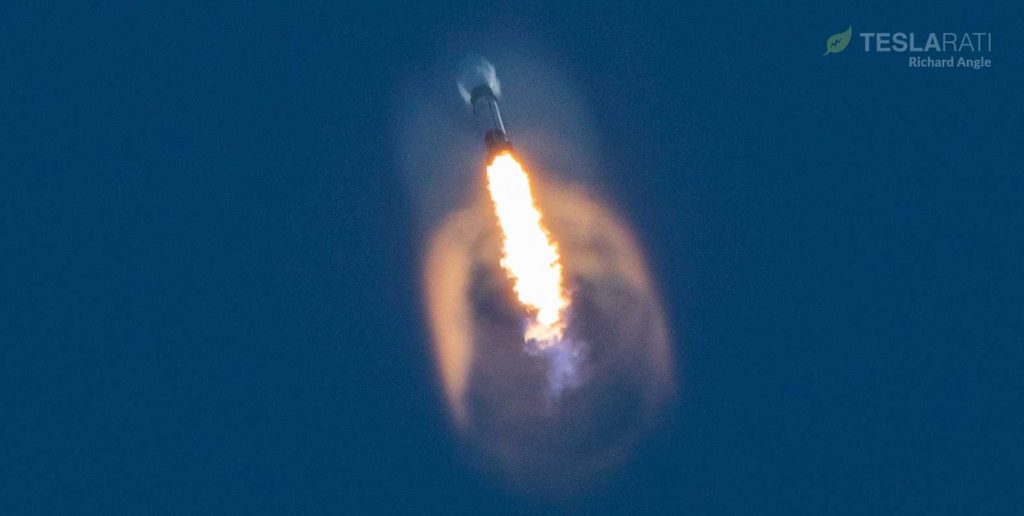
Unsurprisingly, an in-flight Falcon 9 engine failure more than piqued the curiosities of high-profile SpaceX customers like NASA and the US Air Force (and Space Force), both of which have some of the company’s most important launches ever scheduled within the next few months. Most notably, NASA noted on March 25th that the space agency and SpaceX “are holding the current mid-to-late May [target for Crew Dragon’s inaugural astronaut launch] and [will] adjust the date based on review of the [engine failure] data, if appropriate.”
At time of comment, a few aspects of the unfortunate Starlink-5 engine failure were already positioned in SpaceX’s favor. Critically, it was the first time that a flight-proven Falcon 9 booster launched on its fifth orbital-class mission, meaning that the very same booster – B1048 – had already launched four times prior. In aerospace parlance, the mission thus served as a pathfinder for SpaceX’s reusable rocketry technology, venturing into new territory. Since it began internal Starlink launches, SpaceX has used those opportunities to take its most recent reusability leaps without risking customer payloads in the process.
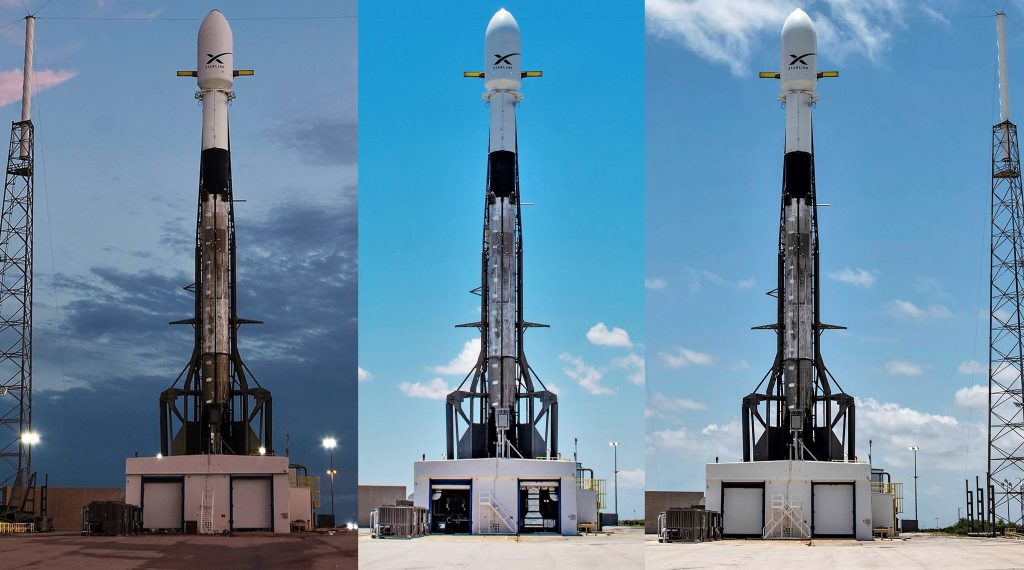
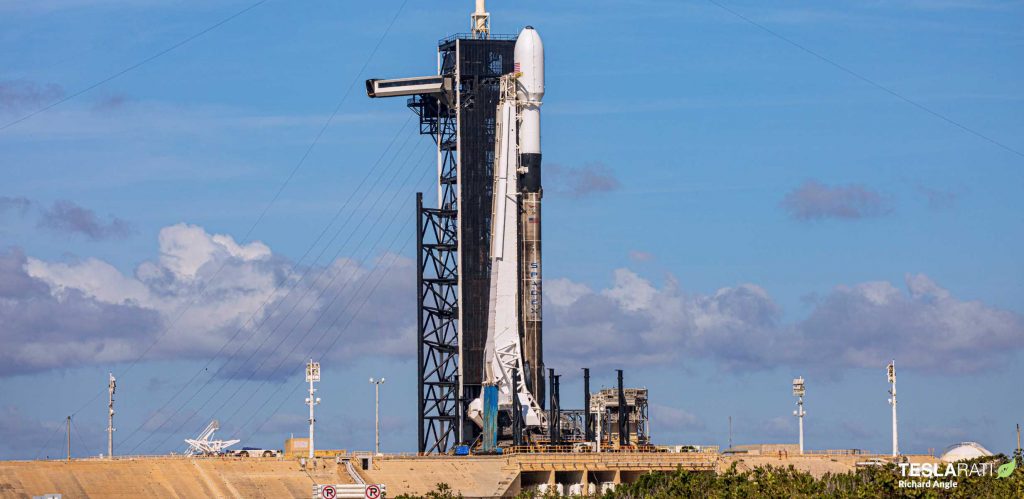
At least for now, neither NASA or the USAF have plans to fly their most valuable payloads on flight-proven Falcon boosters. While that may change over the next several years, it means that SpaceX’s Starlink-5 anomaly and missions like Crew Dragon Demo-2 and GPS III SV03 – both set to fly on new boosters – share much less commonality. Of course, this assumes that B1048’s March 18th engine failure is directly related to the booster’s exceptionally flight-proven nature. Were SpaceX’s investigation to conclude that the fault had nothing to do with multi-launch wear and tear, it would likely ground Falcon 9 and Falcon Heavy indefinitely.
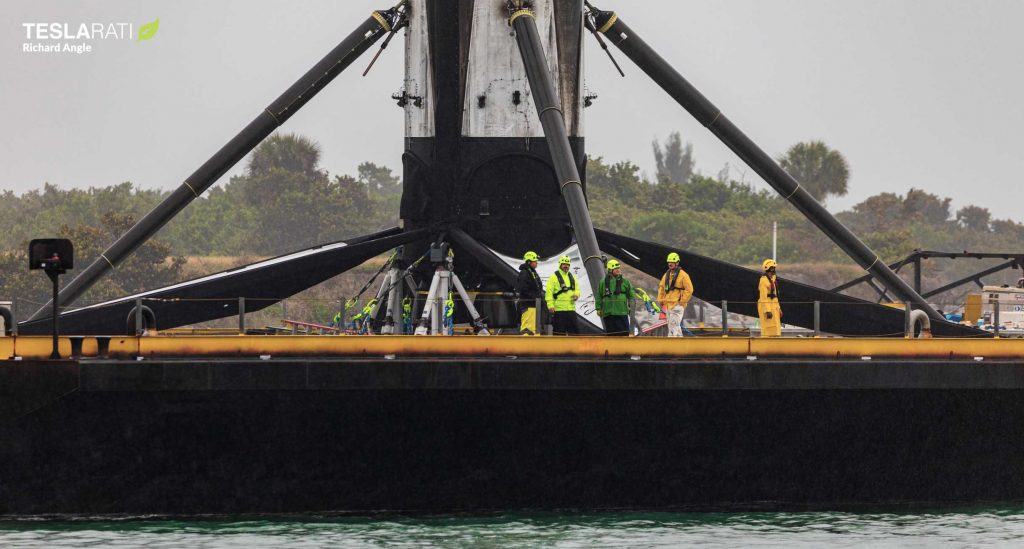
Instead, SpaceX – knowing full-well the potential consequences of two consecutive in-flight failures – has decided to attempt another orbital-class Starlink launch and booster landing less than a month after Starlink-5. To be clear, while SpaceX could choose to throw caution to the wind on an internal launch, it’s doubtful that it would haphazardly take such a substantial risk. Instead, Starlink-6’s April 16th launch date strongly suggests that SpaceX is already reasonably confident that it’s both determined the likely culprit of last month’s engine failure and identified ways to prevent its reoccurrence.

Elon Musk
Elon Musk confirms xAI’s purchase of five 380 MW natural gas turbines
The deal, which was confirmed by Musk on X, highlights xAI’s effort to aggressively scale its operations.
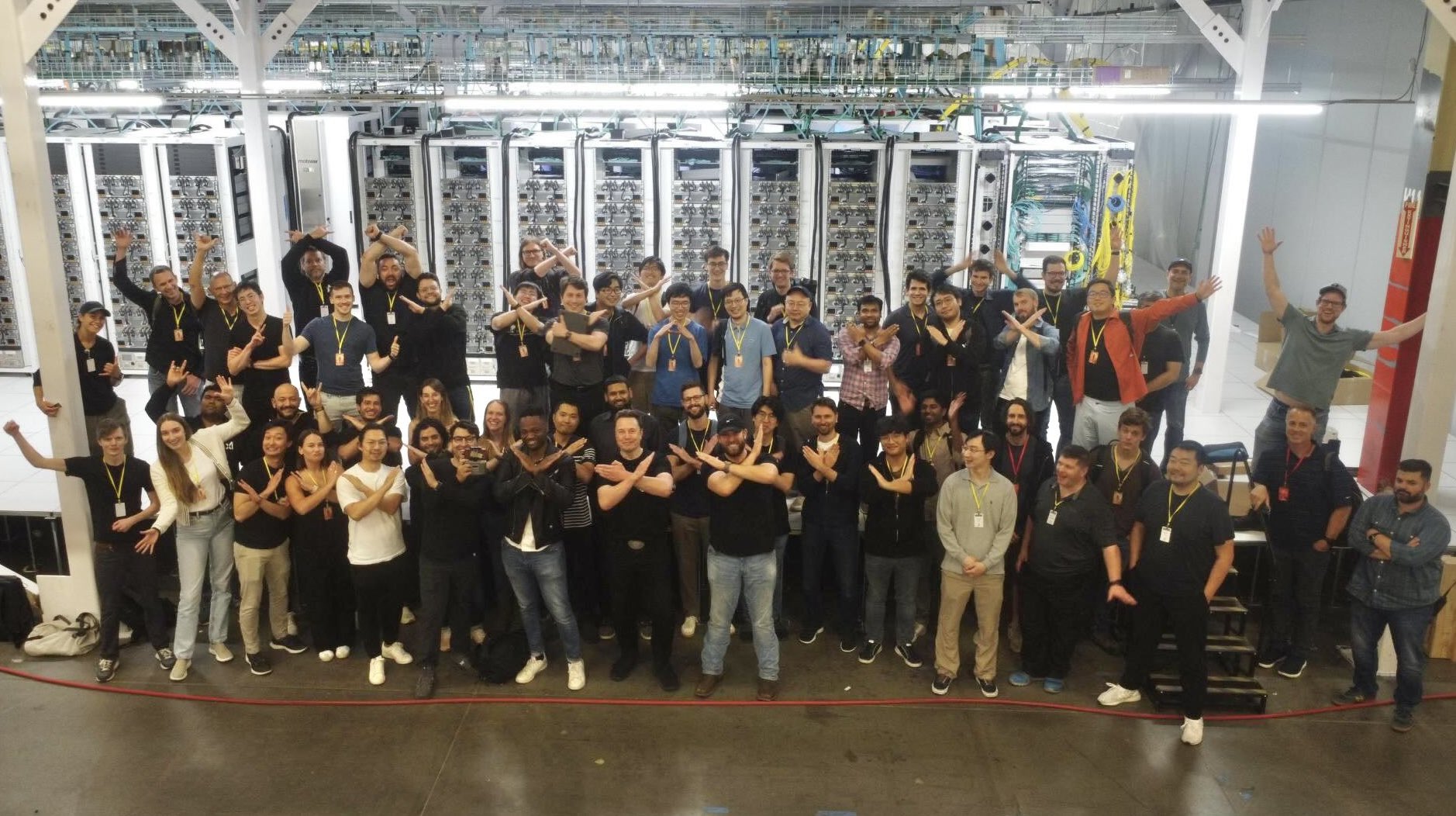
xAI, Elon Musk’s artificial intelligence startup, has purchased five additional 380 MW natural gas turbines from South Korea’s Doosan Enerbility to power its growing supercomputer clusters.
The deal, which was confirmed by Musk on X, highlights xAI’s effort to aggressively scale its operations.
xAI’s turbine deal details
News of xAI’s new turbines was shared on social media platform X, with user @SemiAnalysis_ stating that the turbines were produced by South Korea’s Doosan Enerbility. As noted in an Asian Business Daily report, Doosan Enerbility announced last October that it signed a contract to supply two 380 MW gas turbines for a major U.S. tech company. Doosan later noted in December that it secured an order for three more 380 MW gas turbines.
As per the X user, the gas turbines would power an additional 600,000+ GB200 NVL72 equivalent size cluster. This should make xAI’s facilities among the largest in the world. In a reply, Elon Musk confirmed that xAI did purchase the turbines. “True,” Musk wrote in a post on X.
xAI’s ambitions
Recent reports have indicated that xAI closed an upsized $20 billion Series E funding round, exceeding the initial $15 billion target to fuel rapid infrastructure scaling and AI product development. The funding, as per the AI startup, “will accelerate our world-leading infrastructure buildout, enable the rapid development and deployment of transformative AI products.”
The company also teased the rollout of its upcoming frontier AI model. “Looking ahead, Grok 5 is currently in training, and we are focused on launching innovative new consumer and enterprise products that harness the power of Grok, Colossus, and 𝕏 to transform how we live, work, and play,” xAI wrote in a post on its website.
Elon Musk
Elon Musk’s xAI closes upsized $20B Series E funding round
xAI announced the investment round in a post on its official website.

xAI has closed an upsized $20 billion Series E funding round, exceeding the initial $15 billion target to fuel rapid infrastructure scaling and AI product development.
xAI announced the investment round in a post on its official website.
A $20 billion Series E round
As noted by the artificial intelligence startup in its post, the Series E funding round attracted a diverse group of investors, including Valor Equity Partners, Stepstone Group, Fidelity Management & Research Company, Qatar Investment Authority, MGX, and Baron Capital Group, among others.
Strategic partners NVIDIA and Cisco Investments also continued support for building the world’s largest GPU clusters.
As xAI stated, “This financing will accelerate our world-leading infrastructure buildout, enable the rapid development and deployment of transformative AI products reaching billions of users, and fuel groundbreaking research advancing xAI’s core mission: Understanding the Universe.”
xAI’s core mission
Th Series E funding builds on xAI’s previous rounds, powering Grok advancements and massive compute expansions like the Memphis supercluster. The upsized demand reflects growing recognition of xAI’s potential in frontier AI.
xAI also highlighted several of its breakthroughs in 2025, from the buildout of Colossus I and II, which ended with over 1 million H100 GPU equivalents, and the rollout of the Grok 4 Series, Grok Voice, and Grok Imagine, among others. The company also confirmed that work is already underway to train the flagship large language model’s next iteration, Grok 5.
“Looking ahead, Grok 5 is currently in training, and we are focused on launching innovative new consumer and enterprise products that harness the power of Grok, Colossus, and 𝕏 to transform how we live, work, and play,” xAI wrote.
Investor's Corner
Tesla gets price target bump, citing growing lead in self-driving

Tesla (NASDAQ: TSLA) stock received a price target update from Pierre Ferragu of Wall Street firm New Street Research, citing the company’s growing lead in self-driving and autonomy.
On Tuesday, Ferragu bumped his price target from $520 to $600, stating that the consensus from the Consumer Electronics Show in Las Vegas was that Tesla’s lead in autonomy has been sustained, is growing, and sits at a multiple-year lead over its competitors.
CES 2026 validates Tesla’s FSD strategy, but there’s a big lag for rivals: analyst
“The signal from Vegas is loud and clear,” the analyst writes. “The industry isn’t catching up to Tesla; it is actively validating Tesla’s strategy…just with a 12-year lag.”
The note shows that the company’s prowess in vehicle autonomy is being solidified by lagging competitors that claim to have the best method. The only problem is that Tesla’s Vision-based approach, which it adopted back in 2022 with the Model 3 and Model Y initially, has been proven to be more effective than competitors’ approach, which utilizes other technology, such as LiDAR and sensors.
Currently, Tesla shares are sitting at around $433, as the company’s stock price closed at $432.96 on Tuesday afternoon.
Ferragu’s consensus on Tesla shares echoes that of other Wall Street analysts who are bullish on the company’s stock and position within the AI, autonomy, and robotics sector.
Dan Ives of Wedbush wrote in a note in mid-December that he anticipates Tesla having a massive 2026, and could reach a $3 trillion valuation this year, especially with the “AI chapter” taking hold of the narrative at the company.
Ives also said that the big step in the right direction for Tesla will be initiating production of the Cybercab, as well as expanding on the Robotaxi program through the next 12 months:
“…as full-scale volume production begins with the autonomous and robotics roadmap…The company has started to test the all-important Cybercab in Austin over the past few weeks, which is an incremental step towards launching in 2026 with important volume production of Cybercabs starting in April/May, which remains the golden goose in unlocking TSLA’s AI valuation.”
Tesla analyst breaks down delivery report: ‘A step in the right direction’
Tesla has transitioned from an automaker to a full-fledged AI company, and its Robotaxi and Cybercab programs, fueled by the Full Self-Driving suite, are leading the charge moving forward. In 2026, there are major goals the company has outlined. The first is removing Safety Drivers from vehicles in Austin, Texas, one of the areas where it operates a ride-hailing service within the U.S.
Ultimately, Tesla will aim to launch a Level 5 autonomy suite to the public in the coming years.








